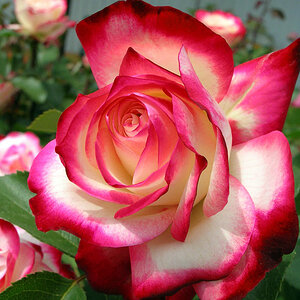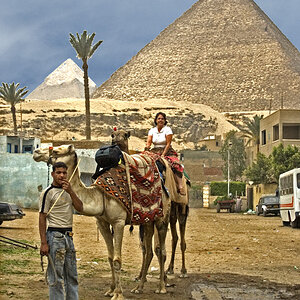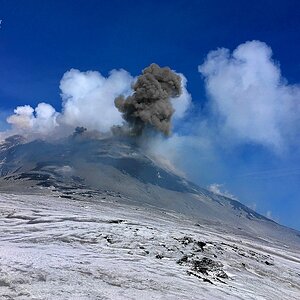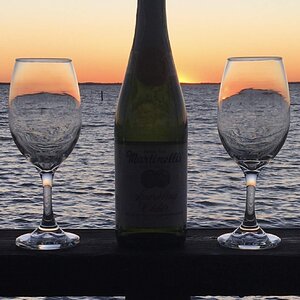musiphotog
TPF Noob!
- Joined
- Apr 28, 2010
- Messages
- 4
- Reaction score
- 0
- Location
- Denver
- Can others edit my Photos
- Photos NOT OK to edit
Hey all,
I was going to start a new thread, but felt that this may be more applicable: How would one correlate strobe lighting output to continuous lighting output? What is needed in general situations (closed studio, overcast, sunny 16, night scene)?
The reasoning behind the question: I've been lighting television sets professionally for the past 4 years... therefore, all my experience is in video, tungsten (occasionally HMI and LED). In other words - if someone told me to light a subject properly outside for a nice sunny day, I'm gonna reach for a 4k and up! Yet, I know that's not what most still photographers are doing!
So... any help for a half-loaded crossover?
I was going to start a new thread, but felt that this may be more applicable: How would one correlate strobe lighting output to continuous lighting output? What is needed in general situations (closed studio, overcast, sunny 16, night scene)?
The reasoning behind the question: I've been lighting television sets professionally for the past 4 years... therefore, all my experience is in video, tungsten (occasionally HMI and LED). In other words - if someone told me to light a subject properly outside for a nice sunny day, I'm gonna reach for a 4k and up! Yet, I know that's not what most still photographers are doing!
So... any help for a half-loaded crossover?


![[No title]](/data/xfmg/thumbnail/38/38742-02271ebbfd9d0efdddfac04f9fde5694.jpg?1619738704)
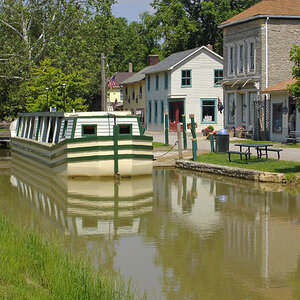
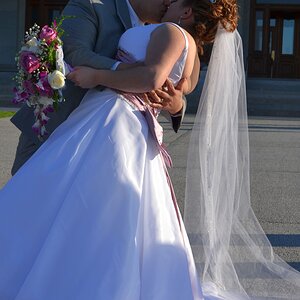
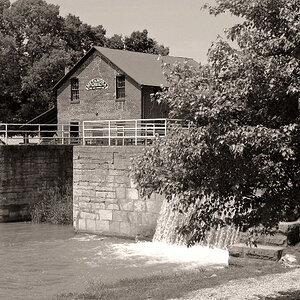
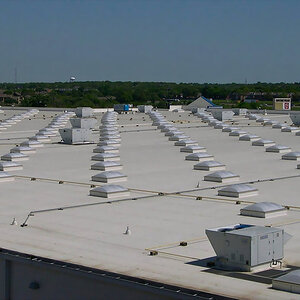
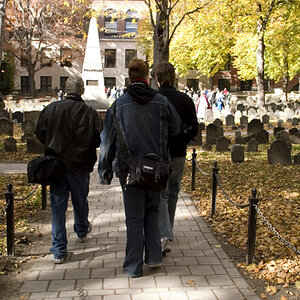
![[No title]](/data/xfmg/thumbnail/41/41492-467958db3420bceb7ab410a12dcc681f.jpg?1619739819)
